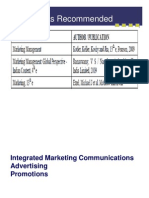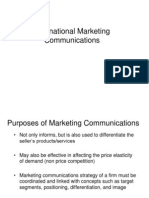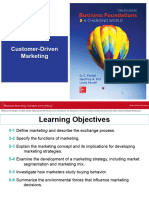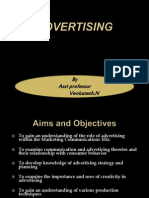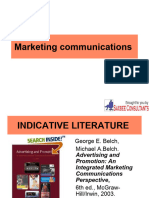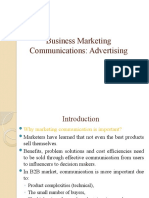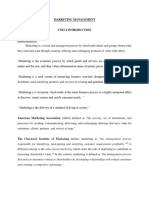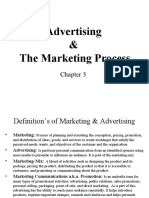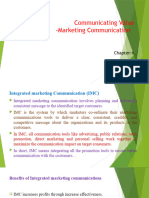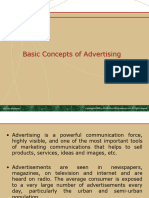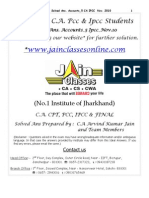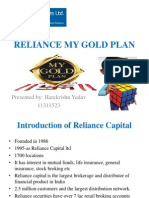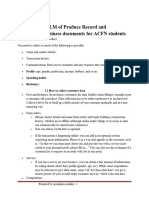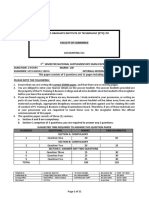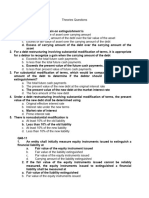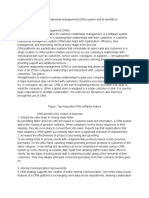0% found this document useful (0 votes)
71 views6 pagesChapter 1
This document discusses marketing media strategies. It explains that media strategies aim to place advertisements in media that will reach the targeted audience. Several factors must be considered when selecting media, including the product, market segment, and advertising objectives. Both traditional media like print, broadcast, and electronic forms as well as newer interactive media online are discussed. The document also covers developing persuasive messages tailored to different personality types and comparing the persuasive impact of major advertising media.
Uploaded by
TanveerCopyright
© Attribution Non-Commercial (BY-NC)
We take content rights seriously. If you suspect this is your content, claim it here.
Available Formats
Download as DOC, PDF, TXT or read online on Scribd
0% found this document useful (0 votes)
71 views6 pagesChapter 1
This document discusses marketing media strategies. It explains that media strategies aim to place advertisements in media that will reach the targeted audience. Several factors must be considered when selecting media, including the product, market segment, and advertising objectives. Both traditional media like print, broadcast, and electronic forms as well as newer interactive media online are discussed. The document also covers developing persuasive messages tailored to different personality types and comparing the persuasive impact of major advertising media.
Uploaded by
TanveerCopyright
© Attribution Non-Commercial (BY-NC)
We take content rights seriously. If you suspect this is your content, claim it here.
Available Formats
Download as DOC, PDF, TXT or read online on Scribd
/ 6

